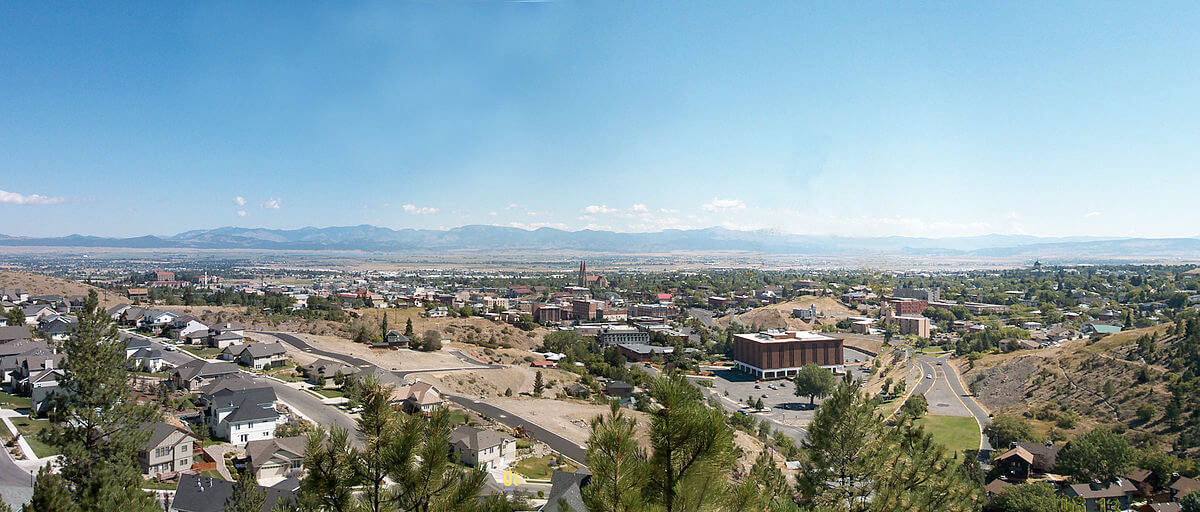Montana is not a state known for its large Jewish community, and yet the early Jewish settlers made a distinct mark on the cities in which they lived.
The first Jewish community developed in Helena, Montana. Populated mostly with Jews of German origin, the Jewish settlers offered the mercantile services necessary for a booming mine town in a gold rush. In 1866, the Hebrew Benevolent Society of Helena was formed. Shortly thereafter, a congregation was established. The first synagogue in the vast territory between Minnesota and Oregon was Helena’s Temple Emanuel, which was dedicated in 1891. Alas, the Helena Jewish community faltered, and, in 1930, the building was sold to the State of Montana, which removed most of the religious imagery except for the stain-glassed windows and added a second floor. In 2000, nearly 20 years after the building came into the possession of Helena’s Catholic diocese, the building was put on the National Register of Historic Places and bears a plaque noting its Jewish significance.
As the Helena community waned, Butte’s community grew. Their first congregation, Bnai Israel, was organized in 1897, and their first synagogue building was dedicated in 1903. Although there was a split during which a second congregation, Adath Israel, was formed, the Jews of Butte unified as one congregation in the late 1960s. Most interesting, however, is that the city of Butte appears to have been very accepting of its Jews, as both its first and sixth mayors were Jewish. Henry Jacobs, who was born in Baden, Germany, was elected in 1879, and Henry Lupin Frank, a native of Ohio, served two terms as mayor starting in 1885.
Today there are a number of small Jewish communities across the state unified by the Montana Association of Jewish Communities. According to JewishVirtualLibrary.org, there are approximately 1,450 Jews in Montana today.
On November 8, 1889, Montana became the 41st state of the United States.

Copyright © 2017 NJOP. All rights reserved.
Bibliography
Related Posts
History History
Don't be surprised when Jewish history and American history overlap.
0 Comments1 Minute
Study Jewish History
Studying Jewish history, especially its low points, will aid us in improving our lot…
0 Comments1 Minute
Local Jewish History
Learn more about the history of your Jewish community whether you live in the Diaspora…
0 Comments1 Minute
 Print This Page
Print This Page